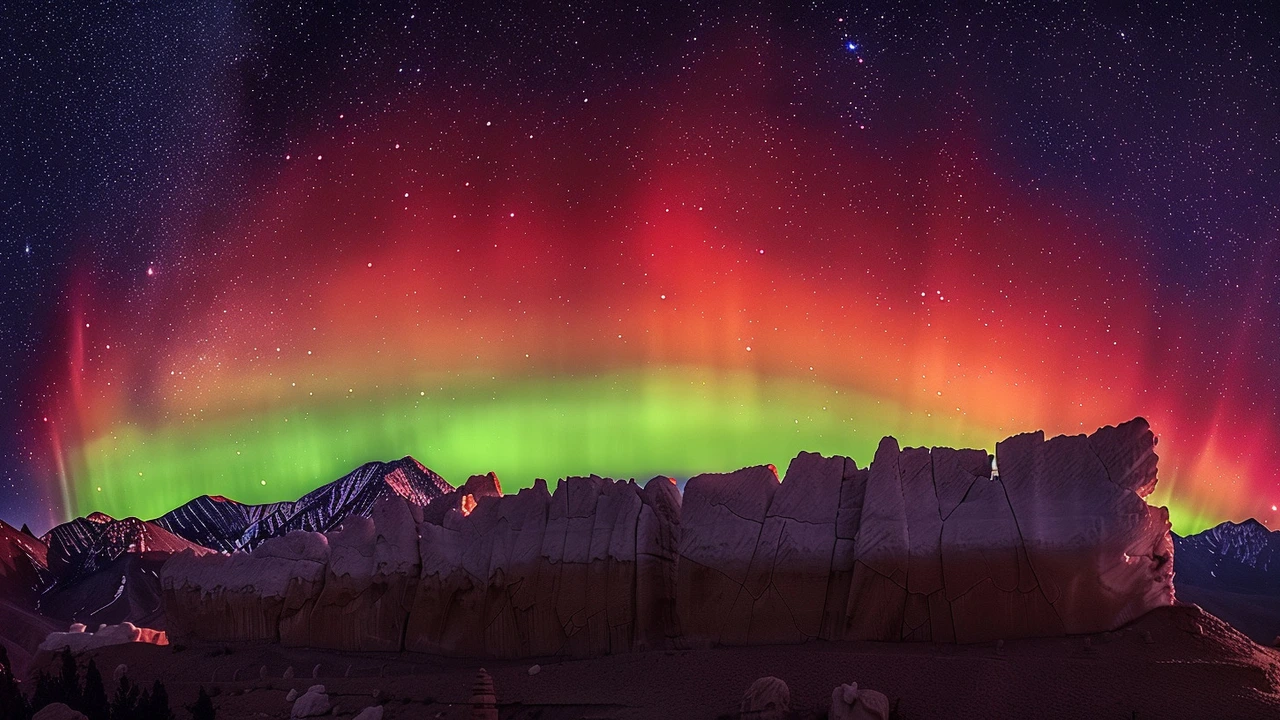Understanding Solar Storms and Their Effects on Earth
Ever wondered what happens when the Sun throws a tantrum? That's basically what a solar storm is—an eruption of charged particles and magnetic energy from the Sun that heads our way. These events can disrupt satellites, electricity grids, and even your GPS signal. With more tech packed into our daily lives, knowing about solar storms isn’t just for scientists anymore.
Solar storms usually start with solar flares or coronal mass ejections (CMEs). Think of solar flares as sudden bursts of light and energy, while CMEs are huge clouds of solar plasma zooming through space. When these reach Earth, they interact with our magnetic field, causing what’s called a geomagnetic storm. The effects can range from beautiful northern lights to serious blackouts.
Why Should You Care About Solar Storms?
It’s more than just cool light shows. A strong solar storm can knock out power grids, scramble communication signals, and damage satellites. For example, during the big solar storm in 1989, Quebec experienced a massive blackout. Even airplanes flying near the poles can face navigation issues during intense solar activity. So, for anyone relying on tech—well, that’s most of us—knowing when these storms might hit is important.
Scientists use satellites and ground-based observatories to track sunspots and solar flares. This helps provide warnings hours before a storm arrives. Governments and utility companies then prepare by reinforcing systems or reducing loads to minimize damage. As individuals, staying updated on these warnings can help you plan, especially if you depend heavily on electronics or are curious about space weather.
How to Stay Safe During a Solar Storm?
You might not need to hole up inside when a solar storm is coming, but there are simple precautions to consider. Backup your data regularly, keep your devices charged, and have alternative communication options ready. For sensitive electronics, surge protectors can help fend off sudden electrical spikes. If you’re into amateur radio or satellite TV, you might notice some glitches during peak solar activity.
Solar storms remind us that Earth is not isolated; it’s part of a bigger cosmic neighborhood. By understanding these solar tantrums, you’re better prepared for anything space weather might throw at you. Keep an eye on space weather forecasts and enjoy the next aurora with a bit more insight about what’s lighting up our skies.
A distinctive red aurora illuminated the skies of Ladakh following a powerful solar storm. Originating from AR13664 on the sun, the event displayed remarkable colors from deep red to pink. This unusual celestial phenomenon was observed across various parts of Europe as well.


 Sports
Sports